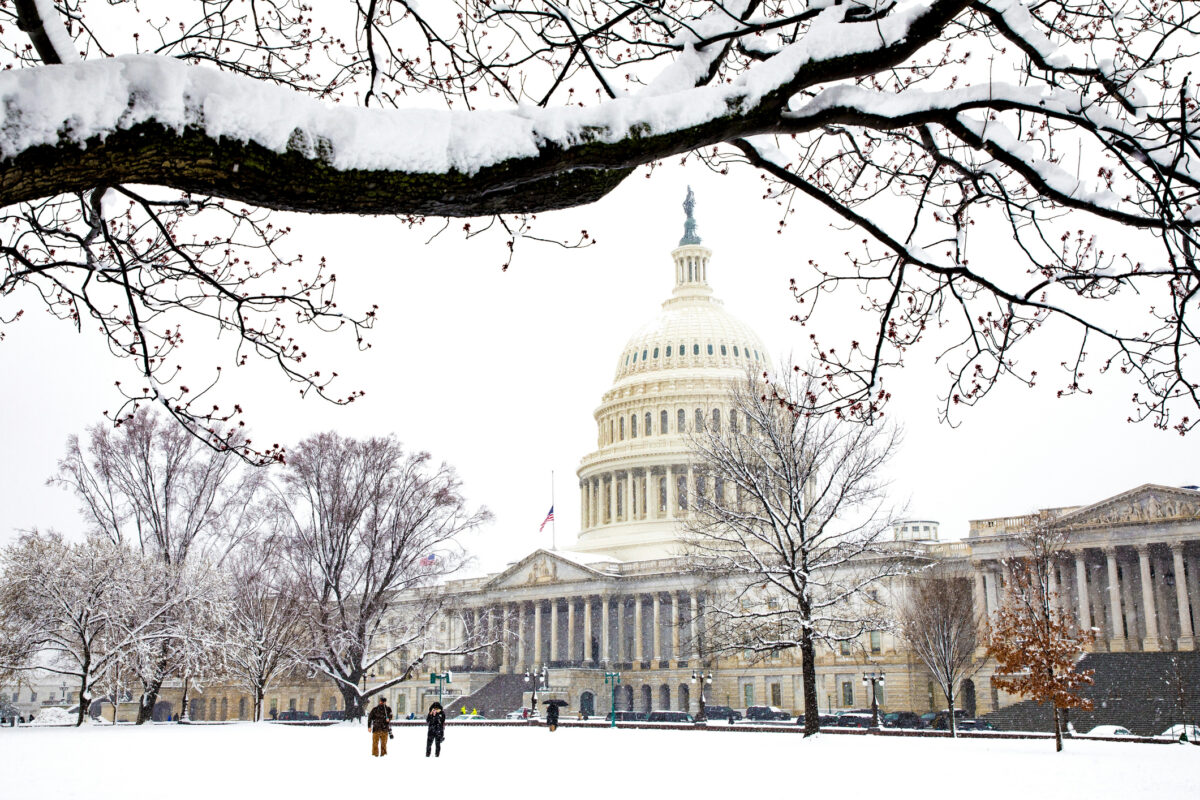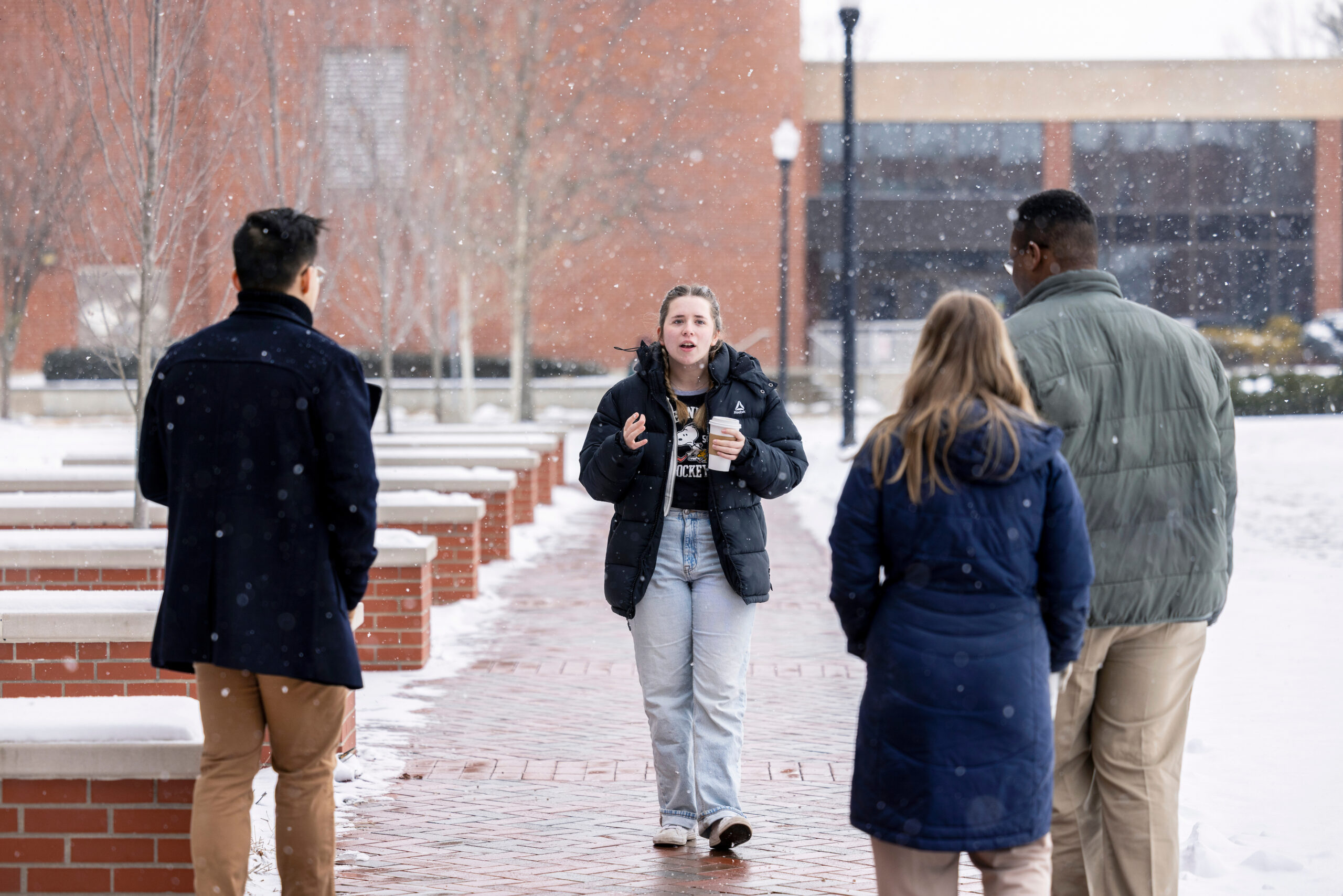Educating the Nation’s Prison Population May Spur Future Economic Growth and Reduce Public Expenses
Published May 13, 2014
Washington, D.C., May 4, 2011—Spending for the estimated 2.3 million people who are incarcerated in the United States totals over $52 billion annually. Left without access to education beyond the secondary level, seven in 10 formerly incarcerated persons are more than likely to return to prison within three years—thus, creating additional financial burdens on states as a result of recidivism. As policymakers work to enhance higher education policy, it is critical for them to consider postsecondary correctional education (PSCE) as a possible intervention to help increase educational attainment, generate future economic growth, and reduce public expenditures.
A new report with first-of-its-kind information, Unlocking Potential: Results of a National Survey of Postsecondary Education in State Prisons, is being released today by the Institute for Higher Education Policy (IHEP) aiming to increase the policy attention paid to postsecondary opportunity for incarcerated persons. The study examines data* from 43 states—based on results from a national survey sent to state correctional education administrators—about postsecondary education programs in their prison systems. Areas studied included student enrollments and completions, instructional methods, eligibility requirements, and funding sources.
Key Findings About Postsecondary Opportunities for Incarcerated Individuals
- Approximately 71,000 persons (roughly 6 percent of the total incarcerated population in responding states) are enrolled in vocational or academic postsecondary education programs in prisons for the 2009–10 academic year.
- Thirteen high-enrollment states—those that enroll more than 1,000 incarcerated students—accounted for 86 percent of all incarcerated postsecondary students in the state prison systems included in this study. At the median, high-enrollment systems educated nearly 3,100 students annually.
- Approximately 9,900 incarcerated persons earned a certificate; 2,200 associate’s degrees were awarded; and nearly 400 students earned bachelor’s degrees in the 2009–10 academic year.
- In a marked contrast to national trends in higher education, postsecondary correctional education is delivered primarily through onsite instruction. Only two of the 43 states use Internet-based instructional methods compared with in-class instruction—no high-enrollment states used this technology for program delivery.
- Given that incarcerated students continue to be denied access to federal- and state-based financial aid programs, states are overwhelmingly relying on federal grant programs (most commonly with funding from the Workforce and Community Transitions Training for Incarcerated Individuals program) to support education delivery; 95 percent of responding states use these grant programs.
"Our goal for this report is to offer data about the diversity and complexity of postsecondary education programs in state prison systems—most notably that enrollment requirements are typically determined by where a person is incarcerated—to provide policymakers assistance with identifying meaningful strategies in support of legislation focusing on this issue," said IHEP President Michelle Asha Cooper, Ph.D. "Limited postsecondary educational opportunity in prison may reduce an incarcerated person’s likelihood of returning to prison after being released, which should be a concern to all as social conditions are exacerbated by high incarceration levels."
In addition, the report also put forth the following three recommendations to advance policy innovations in the area of PSCE:
- To address capacity challenges that limit access to postsecondary education in prisons, federal and state statutes and regulations should be revised to support the development and expansion of Internet-based delivery of such education.
- To increase educational attainment, support economic development, and make efficient use of limited public funding, postsecondary correctional education programs should be closely aligned with state postsecondary education systems and local workforce needs.
- To support increased access to postsecondary education in prisons, federal and state statutes should be amended to make specific categories of incarcerated persons eligible for need-based financial aid.
The Unlocking Potential: Results of a National Survey of Postsecondary Education in State Prisons report is one of many publications released through IHEP’s “Changing the Debate” research initiative—funded by the Bill & Melinda Gates Foundation—which strives to bring timely, thought-provoking, and data-driven research and promising interventions to the policy debate to benefit underserved, and largely understudied, student populations. Unlocking Potential also serves as a follow up to an earlier report written by IHEP titled Learning to Reduce Recidivism: A 50-State Analysis of Postsecondary Correctional Education Policy, which examined postsecondary correctional education and policy.
To download a free copy of the Unlocking Potential: Results of a National Survey of Postsecondary Education in State Prisons report, visit IHEP’s Web site at www.ihep.org.
*Editor’s Note: All findings are based on information provided by the 43 states that responded to IHEP’s national survey. States that did not respond to the survey include Alabama, Colorado, Connecticut, Illinois, Kentucky, Pennsylvania, and Virginia.


